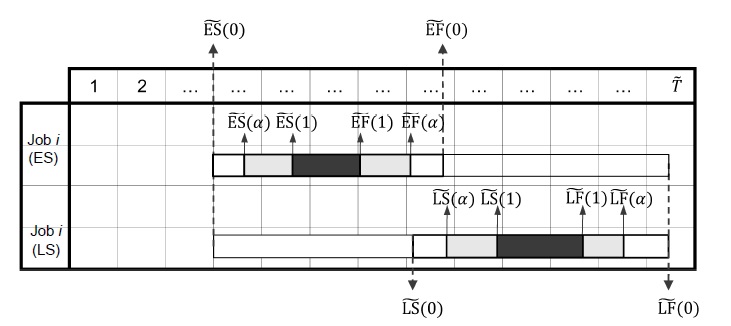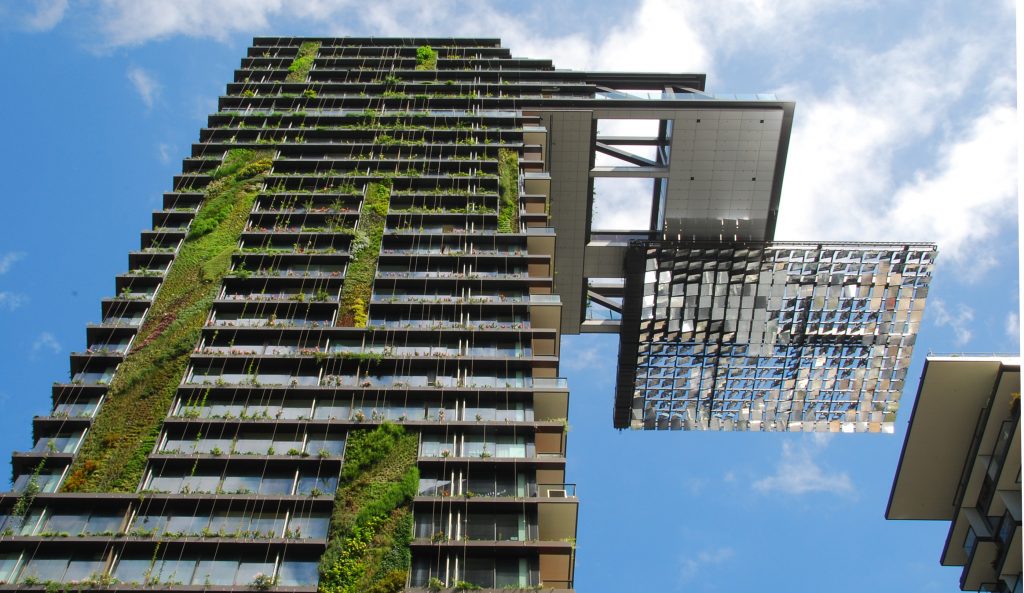 A continuación os paso un artículo publicado en abierto sobre la programación de proyectos aplicando lógica difusa y la teoría del valor ganado. Espero que sea de vuestro interés.
A continuación os paso un artículo publicado en abierto sobre la programación de proyectos aplicando lógica difusa y la teoría del valor ganado. Espero que sea de vuestro interés.
ABSTRACT:
This paper aims to present a comprehensive proposal for project scheduling and control by applying fuzzy earned value. It goes a step further than the existing literature: in the formulation of the fuzzy earned value we consider not only its duration, but also cost and production, and alternatives in the scheduling between the earliest and latest times. The mathematical model is implemented in a prototypical construction project with all the estimated values taken as fuzzy numbers. Our findings suggest that different possible schedules and the fuzzy arithmetic provide more objective results in uncertain environments than the traditional methodology. The proposed model allows for controlling the vagueness of the environment through the adjustment of the α-cut, adapting it to the specific circumstances of the project.
KEY WORDS:
Construction, Earned value method (EVM), Fuzzy logic, Fuzzy set, Project management, Scheduling
Reference:
PONZ-TIENDA, J.L.; PELLICER, E.; YEPES, V. (2012). Complete fuzzy scheduling and fuzzy earned value management in construction projects. Journal of Zhejiang University-SCIENCE A (Applied Physics & Engineering, 13(1):56-68. DOI:10.1631/jzus.A1100160.

